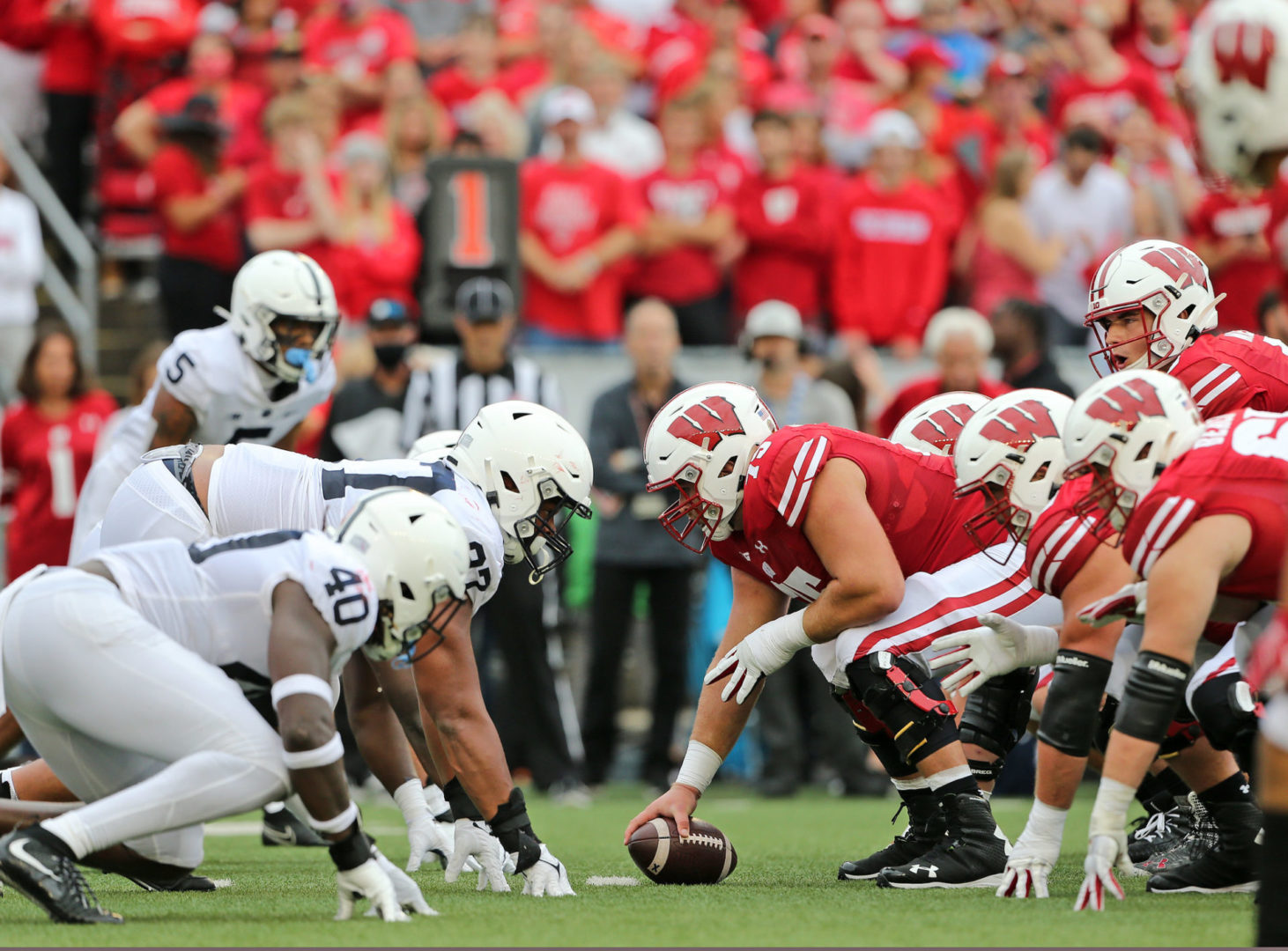I think Forensics is totally correct about one thing and that is the genie is out of the bottle and its not going back in.
So you have to start thinking about how you make it work for college programs - not just the ones at the top.
The NCAA isn't really going to do anything, they have already given up all their power over college football, which is now run by the P5 and ND. I think the NCAA (and frankly alot of universities) are hoping that Congress steps in to regulate college football, because NCAA simply is not going to do it.
Ultimately I like the idea of tiers as well. NIL and transfer portal combined will benefit the top programs the most - just like most of the other rules of college football. That is unlikely to change. Also, NCAA is meeting over a new constitution that is expected to give more power to the top conferences and programs and might create a whole new Div 1 division. You got coaches saying if a program wants to have 80 analysts they should be allowed to do that, but that obviously creates a very uneven playing field. I feel like tiers is something that could work long term. It allows more schools the opportunity to truly compete for championships (right now there are probably not more than a dozen schools really competing for a football championship). So let's establish different levels that allow more schools the opportunity to compete with like minded and like resourced schools.
In some ways college football is not as healthy as it would appear based on the TV contracts.
In person attendance has been dropping consistently in all conferences (including the SEC) since 2009. Student attendance has been dropping consistently during that time as well despite alot of efforts by schools to increase their turnout (offering freebies, or using the stick approach if you leave the game early, some schools). Some schools have been reducing the number of student tickets seats in stadiums. Obviously if fewer kids attend games during college that is likely to lead to fewer ticket sales in the future, leading to the TV contracts being even more important and the cycle continues.
An analysis of name, image and likeness deal data reported to INFLCR Verified through the first 100 days of the NIL era.
athleticdirectoru.com
During another lengthy TV timeout at Beaver Stadium in the third quarter of the Penn State-Auburn game, a friend commented on how games seemed to be

www.statecollege.com
we have to go back to 2019 for the last full attendance season. That year the SEC had its lowest attendance since 2000; the Big Ten’s was its lowest since 1993; the ACC’s was its lowest since 1999; and the PAC 12 had it’s lowest attendance since 1978.
More food for thought: Many college football attendance numbers reflect tickets distributed, not actual scanned-in attendance. The tickets may be sold, but not all those people are in the stadium buying concessions or in town spending money.
A Wall Street Journal survey in 2018 found that only 71% of the people who bought tickets actually went to the games. The internal “scanned-in” attendance numbers at some major programs would stun people and correlate almost exactly to that Wall Street Journal number.


